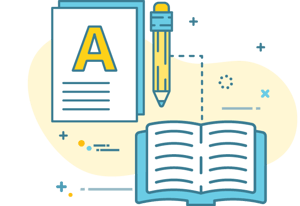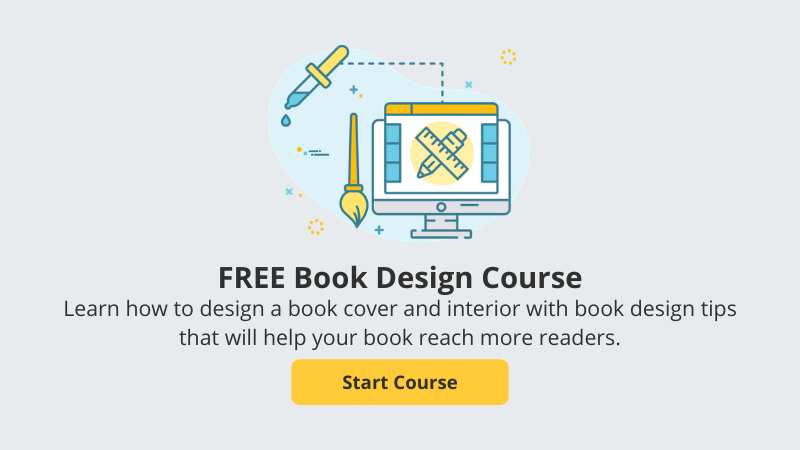The decision to ask a professional book designer to typeset your book versus typesetting it yourself is driven largely by a limited budget. However, once you realize the astonishing number of details designers must attend to in book layout, you may conclude that it’s best to spend your time marketing your professionally designed book rather than attempting to become a book designer yourself.
Here are the most basic book layout issues to watch out for:
The book block: Books look like books (rather than brochures or reports) because the text is confined to a tightly defined area on the page called the book block, where facing pages end on the same line. Sounds easy enough, but this necessary task is an incredible time suck.
Margins: Generous margins around the book block allow the eye to move comfortably from one line to the next while reading. When a book is bound, the pages are pinched together just a little, taking up space in the margin. If you don’t allow for this, the binding-side margin can look smaller than the outside margin.
 Alignment: Text must line up across the page. Look at a traditionally published book; if you put a ruler under a line on the left page, it will line up with the same line on the facing page. You’ll spend a lot of time adjusting line spacing to make sure this happens, especially if you have subheads, lists and illustrations.
Alignment: Text must line up across the page. Look at a traditionally published book; if you put a ruler under a line on the left page, it will line up with the same line on the facing page. You’ll spend a lot of time adjusting line spacing to make sure this happens, especially if you have subheads, lists and illustrations.
Widows and orphans: The first line of a paragraph shouldn’t fall on the last line of a page, and the last line of a paragraph should not go over to the top of the next page. Widowed and orphaned lines make the reader pause and impede reading comprehension. A book designer will go back and forth and rework pages as needed to get rid of these.
Lines after a subhead: When a subhead appears at the bottom of a page, it should be followed by at least two lines of text while still maintaining the book block. Like widows and orphans, leaving orphaned headings is a no-no.
Line spacing: Lines of text that are too close to each other (or too far apart) are difficult to read. Some authors attempt to increase or decrease the page count of a book (i.e., to reduce printing costs) by adjusting the line spacing. Some advice: Please don’t try to fool people by adding or deleting so much line spacing that it looks silly.
Paragraph spacing: In most cases there should NOT be a line of space between paragraphs. A line space above a paragraph can be used sparingly to indicate a scene change or a new section. Whenever there is a blank line above a paragraph, eliminate the first-line indent on that paragraph.
Font: Serif type is better for long blocks of text. Our mind is trained to recognize the shapes of words rather than reading letter by letter. The serifs form a link between letters, creating a recognizable shape. Tip: Choose a type size that adds up to 70 characters per line max for easiest reading.
 Proper dashes: There are three kinds of dashes in every type of font. Hyphens are used to hyphenate words and separate phone numbers. Em dashes are a form of punctuation, used to offset clauses in a sentence. The En dash, typically half the length of an Em dash, is used to denote duration, as in 8:00–5:00.
Proper dashes: There are three kinds of dashes in every type of font. Hyphens are used to hyphenate words and separate phone numbers. Em dashes are a form of punctuation, used to offset clauses in a sentence. The En dash, typically half the length of an Em dash, is used to denote duration, as in 8:00–5:00.
Word stacks: Avoid beginning or ending three consecutive lines with the same word. Get rid of word stacks by overriding your software and manually adjusting word spacing or tracking, or by rewriting the text.
If you decide to tackle book layouts yourself, you can purchase professional design software such as InDesign and learn how to use it. Such software involves an investment in the purchase price and in the time it takes to learn how to use it to achieve the desired professional result. Following all of these rules takes a lot of time, which is why hiring a professional is strongly recommended. Understanding and following the rules is what book designers do.













